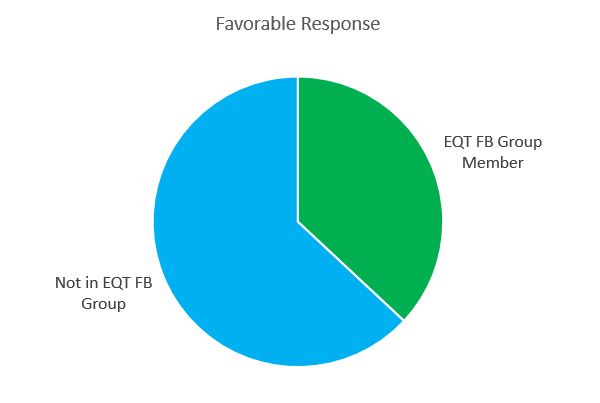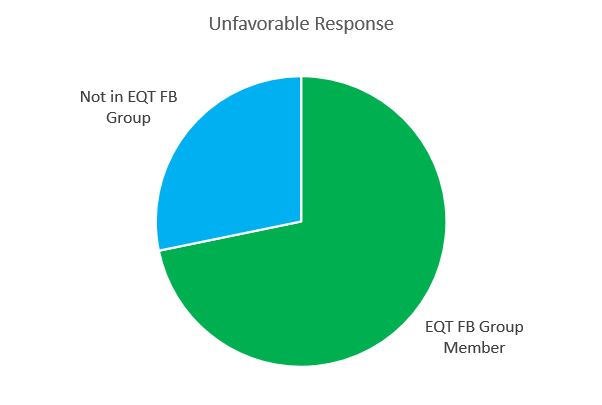Table of Contents
Background:
In the previous post of this series, I explained how I was prompted to examine Equilibrium Tuning’s (EQT) business practices more closely.
Social media dominates how EQT engages with consumers, so it is important to understand how social media can be exploited for profit.
Even if you don’t interact with EQT on social media, other people do, and if they are misled, they could, in turn, give you bad information.
As illustrated in a post in which I examined EQT owner Ed Susman’s social media claim, “only haters say that,” members of the EQT Facebook Group were much more likely to respond dismissively to factual information than social media users who were not members of the EQT Facebook Group.
With compelling evidence of “marketing triumphing over science” as motivation for research, this post explains ways in which social media can be exploited for profit.
Misinformation:

Misinformation refers to false or misleading information shared without malicious intent. While often spread unknowingly, its impact can still be significant, shaping opinions and behaviors in harmful ways.
This could be a fellow enthusiast passing along a rumor, unwittingly repeating incorrect information, or a business advertising without verifying the information’s accuracy.
As a consumer, it’s crucial to recognize how this information can shape perceptions of products or brands, sometimes leading to poor purchasing decisions.
Bullshit:

Unlike misinformation, bullshit is indifferent to truth, focusing instead on persuasion or self-serving narratives. This concept highlights the disregard for accuracy, often used to muddy waters and manipulate perception.
A business might use this tactic to exaggerate product claims or manipulate consumers into seeing value where there is none. Because bullshit arises from poor ethics, it is less common, which leads to consumers being ill-prepared to deal with it.
As will be discussed later, EQT owner Ed Susman is a skillful bullshitter.
Social media:
Social media platforms amplify attention-grabbing content, often prioritizing sensational or misleading product claims over factual information. This environment can make it challenging for consumers to find trustworthy reviews and recommendations.
Topics that “go viral” can quickly spread misinformation.

Specialized groups can become Echo Chambers, environments in which people encounter beliefs or opinions that coincide with their own so that their existing views are reinforced, and alternative ideas are not considered.
The previously referenced EQT Facebook Group, a site that promotes Equilibrium Tuning’s business interests, possesses attributes of an echo chamber.
Human susceptibility:
As a consumer, you may fall prey to cognitive biases like the following examples:
Confirmation bias is a type of cognitive bias that favors information that confirms your previously existing beliefs or biases
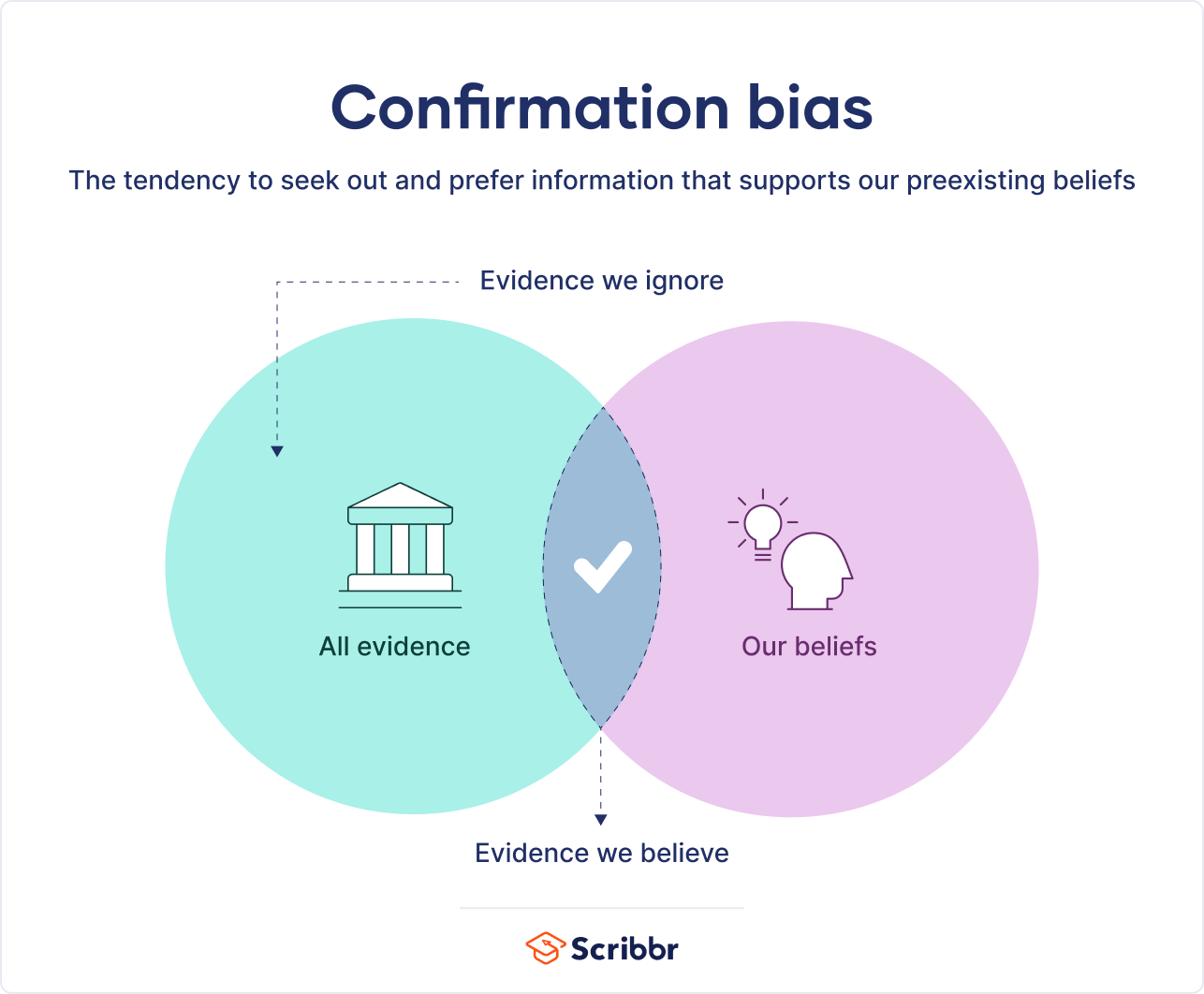
For example, a GTI owner who believes a particular brand of intercooler is the best may selectively read positive reviews and discount any negative feedback, even if it’s well-supported.
Availability Heuristic: If information is easy to recall (because it’s shocking, emotional, or widely shared), people assume it’s true.

For example, the IS38 turbocharger is unreliable. You might see a few forum posts about IS38 failures, recall those instances quickly, and assume failures are common. However, many owners with an IS38 have no issues, but those satisfied owners post less often than people who experience problems.
Anchoring Bias: People rely heavily on the first piece of information they receive, shaping how they interpret new information.
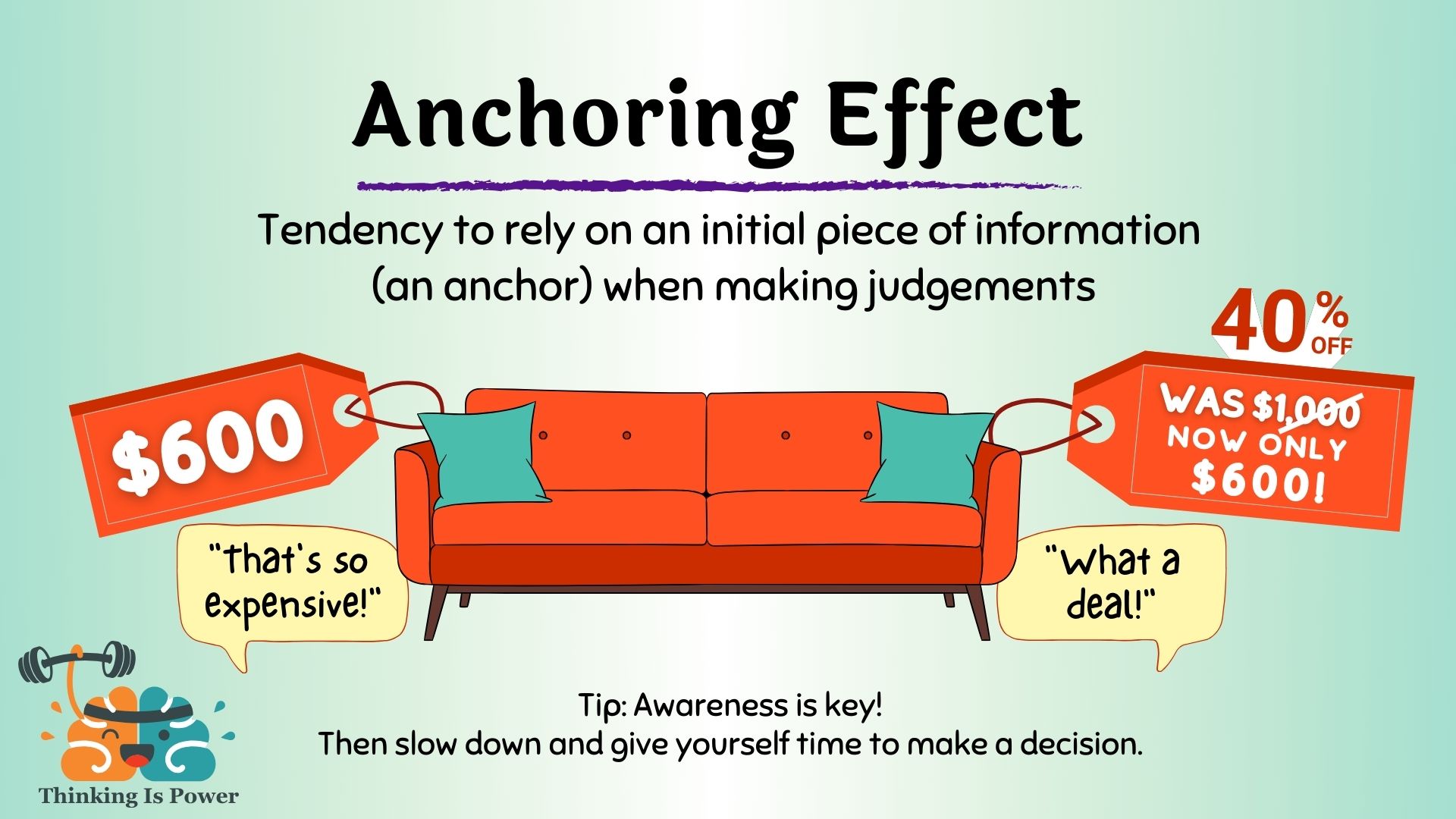
Have you ever read a statement like this: “I wouldn’t trust a $400 intercooler. The good ones are $800+ for a reason.” The first products to market tend to be more costly, anchoring that price point, but it doesn’t mean lower-cost products are less effective.
The anchoring effect, combined with the rapid spread of misinformation on social media, presents a significant problem for consumers.
Dunning-Kruger Effect: People with low expertise in a subject may overestimate their knowledge and reject expert opinions.
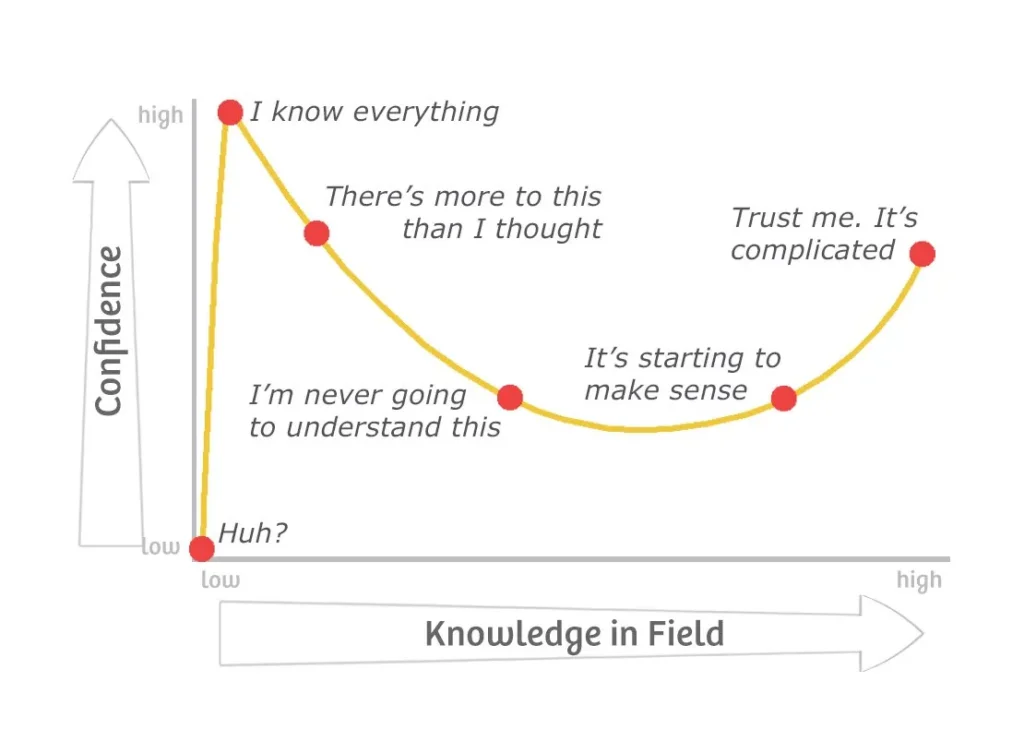
This effect is displayed routinely when consumers confidently make incorrect claims. (See Debunking Mabotech IC Misinformation for a recent example)
These psychological, social, and cognitive factors make people vulnerable to misinformation.
How to Stay Vigilant

Consumers can protect themselves from misinformation by:
- Questioning Emotional Reactions – If something makes you feel angry or excited, take a step back and fact-check.
- Checking Sources – Look for credible, independent sources rather than relying on social media posts or salesperson opinions.
- Being Aware of Biases – Recognize when personal beliefs may influence your acceptance of information.
By understanding why people are susceptible to misinformation, consumers can make better-informed decisions and avoid manipulation by misleading social media content.

